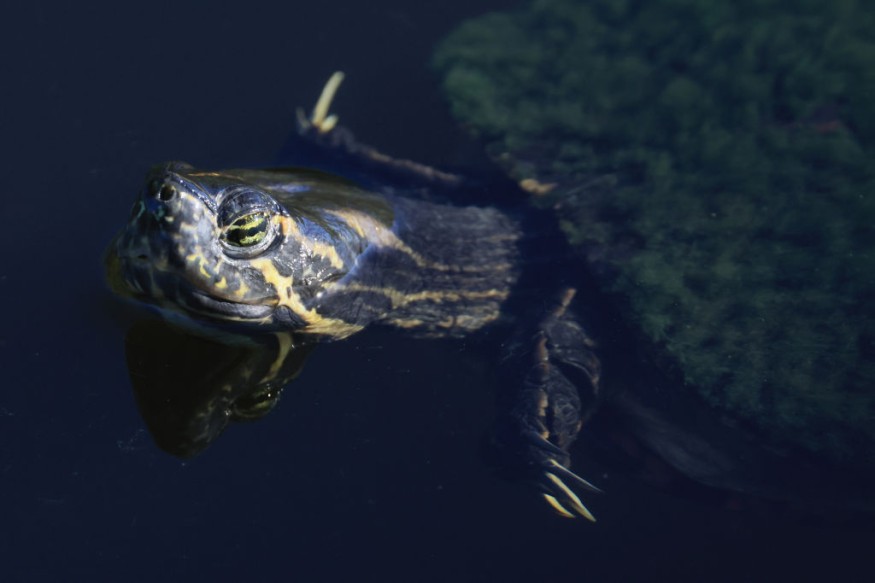The population of the Southwestern and Northwestern pond turtles has declined in Washington State and the U.S., calling for urgent conservation and restoration efforts to save them from the brink of extinction.
The said pond turtles are in greatest conservation need due to the impacts of climate change and invasive bullfrogs.
In a recent report, the U.S. Fish and Wildlife Service may place the two species as threatened to help fund the conservation and rehabilitation efforts.
Pond Turtles Conservation: Why is it important?

The Northwestern and Southwestern pond turtles in Washington State and the US have struggled to survive due to the arrival of invasive bullfrogs. Other threats are habitat loss, exotic plants, pollution and deadly diseases.
The medium-sized Western pond turtles can be recognizable by their olive-to-dark appearance. They thrive in upland habitats, lakes and ponds in Washington State. They are also found in the Columbia River Gorge, Baja California and Oregon.
Warming temperatures and excessive rainfall can affect western pond turtles' nesting, causing failure to develop their eggs. Climate change can likely cause the growth of invasive weeds and alarming temperatures.
As a result, the proposal for listing 'threatened' western pond turtles can support the restoration efforts under the Endangered Species Act.
The report highlighted that the worsening drought and declining shelters for western pond turtles can have devastating impacts. It can increase the risks of extinction and population losses due to the current environmental conditions.
Furthermore, controlling the arrival of invasive species can protect the turtles from threats. Meanwhile, the improvement of their habitats from threats can be helpful.
Also Read : Dugongs in Great Barrier Reef Shows Worrying Population Decline Due to Sea Grass Loss, Climate Change
Did you know? Amazing facts about turtles
Sea turtles create nests in the sands for their babies. They can lag from 100 to 125 eggs. Using their flippers, they dig in the sand. However, hatching the eggs can become challenging due to potential threats like human activities, predators and extreme weather events.
Because they dig nests in the sands, the temperatures are crucial for successful nesting and egg development. The changes in temperatures can significantly affect their hatchlings.
Different species of turtles have ways to find food. For instance, the green sea turtles are considered herbivores, eating algae and grasses in the sea. Meanwhile, the Hawksbill turtles constantly roam around the coral reefs to find sponges as food.
In addition, they move slowly on land, but sea turtles are expert deep divers underwater. Sea turtles can also adapt to their environment to survive. Most of the time, turtles prefer to stay alone, with less socializing with their kind.
Sea turtles have amazingly lived amidst different threats. According to the report, turtles have been here for about 120 million years.
Related Article : Salmonella Outbreak Links to Small Turtles in Eastern U.S; CDC Warns of Health Risks
For more similar, don't forget to follow Nature World News.
© 2025 NatureWorldNews.com All rights reserved. Do not reproduce without permission.





